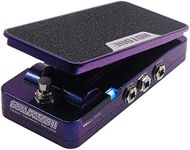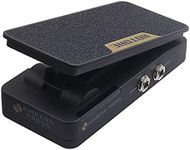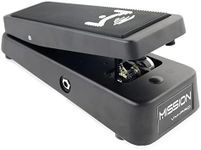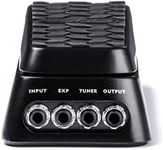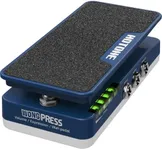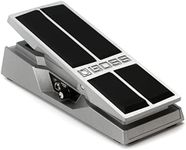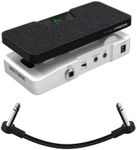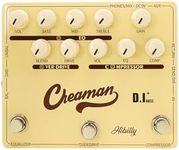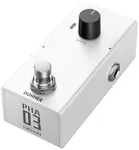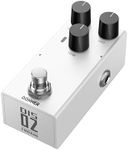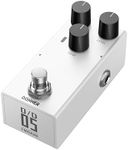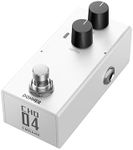Buying Guide for the Best Volume Pedal
Choosing the right volume pedal can significantly enhance your musical performance by giving you precise control over your instrument's volume. Whether you're a guitarist, bassist, or keyboardist, a volume pedal can help you create smooth volume swells, control dynamics, and add expression to your playing. To find the best volume pedal for your needs, it's important to understand the key specifications and how they impact your playing experience.Type (Active vs. Passive)Volume pedals come in two main types: active and passive. An active volume pedal requires a power source (battery or adapter) and typically includes a buffer to maintain your signal strength, which is important if you have a long signal chain or use many pedals. A passive volume pedal does not require power and relies on a simple potentiometer to control volume. Active pedals are ideal for those who need consistent signal quality, while passive pedals are great for simplicity and ease of use.
ImpedanceImpedance refers to the resistance of the pedal's input and output. High-impedance pedals (250k-500k ohms) are generally used with passive pickups, like those found in electric guitars, while low-impedance pedals (10k-25k ohms) are better suited for active pickups or line-level signals from keyboards and other electronic instruments. Choosing the correct impedance ensures that your instrument's tone remains clear and unaffected.
Size and Build QualityVolume pedals come in various sizes, from compact models to larger, more robust designs. The size you choose should depend on your pedalboard space and portability needs. Build quality is also crucial; a well-constructed pedal made from durable materials will withstand the rigors of frequent use and provide reliable performance over time. Consider your playing environment and how often you'll be transporting your gear when selecting a pedal.
Taper (Sweep Range)The taper or sweep range of a volume pedal determines how the volume changes as you move the pedal. Some pedals offer a linear taper, where the volume increases evenly throughout the pedal's range, while others have an audio taper, which provides a more gradual increase at the beginning and a steeper increase towards the end. Your choice depends on your playing style; a linear taper is great for precise control, while an audio taper is better for smooth volume swells.
Additional FeaturesSome volume pedals come with extra features like built-in tuners, expression pedal functionality, or stereo inputs/outputs. These features can add versatility to your setup and reduce the need for additional pedals. Consider what additional functionality you might need based on your playing style and setup. For example, a built-in tuner can be convenient for quick tuning adjustments, while expression pedal functionality can add more dynamic control to your effects.

